Plants and Flowers Encyclopedia
Canary Island Date Palm (Phoenix Canariensis)
This beautiful palm originates from the Canary Islands, where it is used for street decoration, among other things. Due to its majestic size (up to 12-14 mtr. height) this is one of the best known palm species.
A nice thing for the Netherlands is that it is winter-hardy with not too long lasting light frost. With more severe frost or persistent light frost it should be wrapped and possibly heated. As a tub plant it can be placed under a more or less frost-free roof if there is enough light. It belongs to the family of the Araceae and its dates are edible, which is not the case with all date palms.

How do you maintain this plant?
Phoenix Canariensis palms need a soil that never dries out and they require quite a lot of water. You should regularly check manually whether the soil is (still) moist. On warm days and outdoors, it uses more water than indoors, then daily watering is usually necessary. It also matters where it is placed, how much sun it gets, or whether it also gets shade. Moreover: the bigger it is, the more it wants to drink.
The soil should not be too wet either, it is not a water plant, and its roots should not stand in water! If you have given too much water, skip a day (or days) and check again.
When this palm is kept indoors, it can be sensitive to 'spider mites', which often appear when the air is too dry. To combat this, the palm can be sprayed with water regularly: preferably softened or boiled water (against lime stains) a few times a week, because they cannot tolerate that. You can also put it outside in a mild rain shower, then it will be completely happy. Of course, there are biological or chemical sprays available, but outside in the rain is better.

Determine a good location
This palm can tolerate quite a lot of sun and likes it. Direct sunlight too, so its best place is outside in the sun. In extreme sun, older leaves can sometimes burn, but that is offset by all those other evergreen leaves. The palm does not necessarily have to be in the sun all day, but if it gets a place that is too dark, its growth will stagnate and it will no longer make new leaves. That is why it should get direct sunlight for half the day if the weather permits.
Like all plants in nature, it is logical that it (as an indoor plant) is kept colder in the winter season than in the summer season. An unheated room is a solution, but it still needs good light.

How do you ensure proper nutrition?
When it is in the growth period it can use palm food once a week. In spring and summer this is, as for all plants in nature, the best season. Be careful not to give more than necessary and do not give extra if you have forgotten to do so, because supplementary feeding is very important. The dosages are indicated on the packaging.
Natural leaf death
As with many other plants/trees, leaves turn brown and die off regularly, this normally happens at the bottom. You don't have to worry about this, on the other hand, it regularly gets new leaves at the top. You can leave the dead leaves hanging as a 'skirt' as long as it still looks good, or you can remove them, whichever you think is nice. If leaves also turn brown in the middle or at the top, then you can take a good look at whether you are making mistakes with the watering. The leaves can also react to sudden temperature changes (pinched leaves). This can be the case with a rapid change of season or moving to another room.
If leaves start to show brown tips, which happens quite quickly if it has been or has been too dry; then you can simply cut them off with scissors. And a too much worn 'skirt' can be cut off at the base with a sharp knife or pruning shears, leaf by leaf. With this palm it is not possible to cut off the trunk in the hope that it will grow again: then it will unfortunately die.
The flowers of the Canariensis
This palm will not flower in the living room, because it only flowers when it is mature and because of its height this will not be an issue indoors. A flowering requires a lot of energy so if this is the case, for example in a factory hall with extra height, then it is better to cut off the flowers so as not to burden the palm too much.

How can I propagate the Canariensis?
A palm tree cannot be cut, of course, since it only has 1 trunk, so propagation is only possible by seeds. This is a long and complicated process that requires a constant high temperature. We advise against this complicated process, and recommend buying small cheap date palms for a low price.


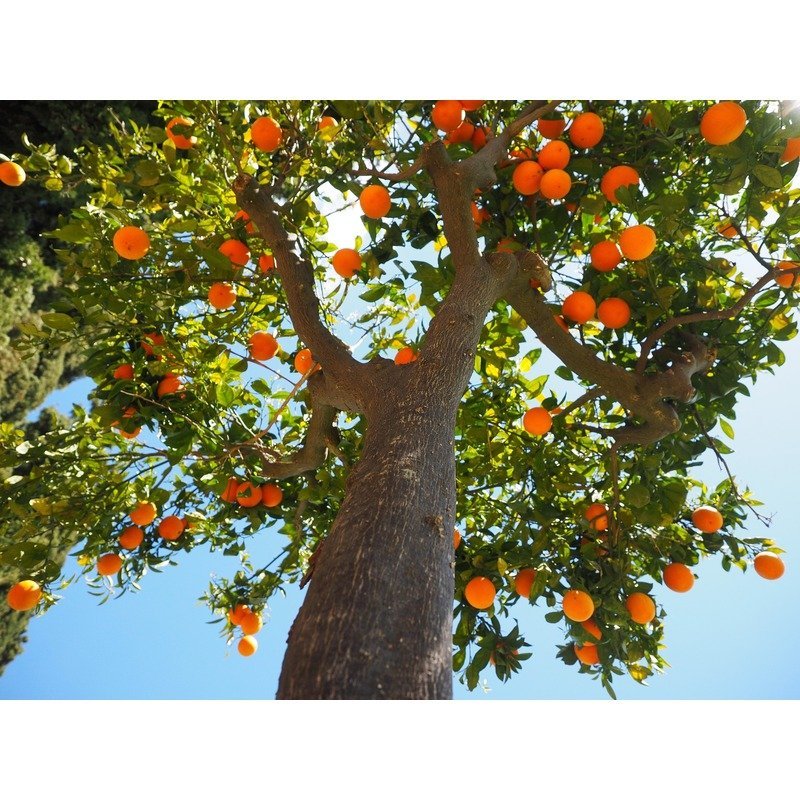
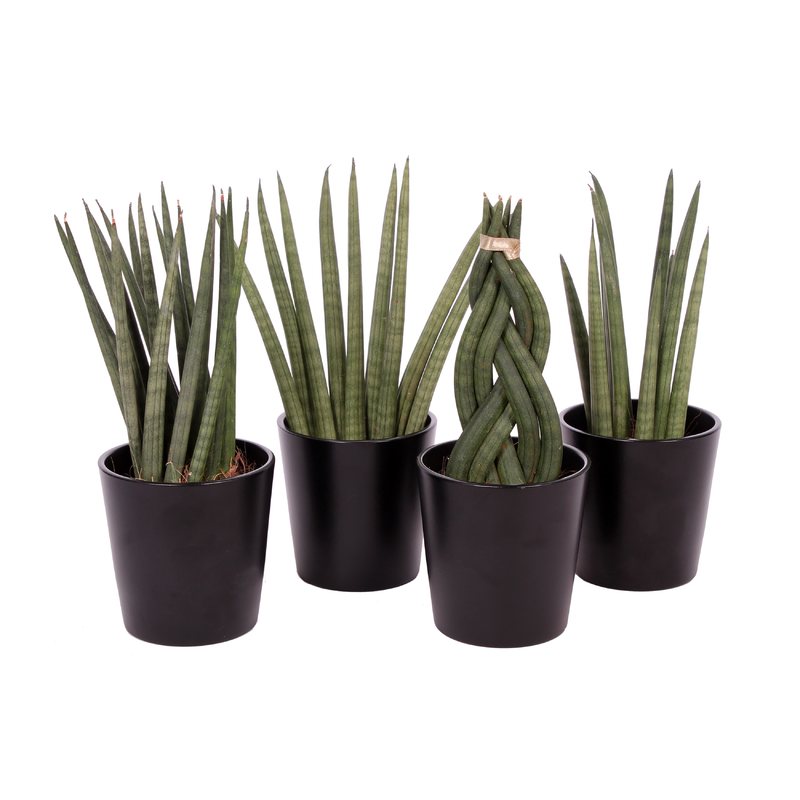
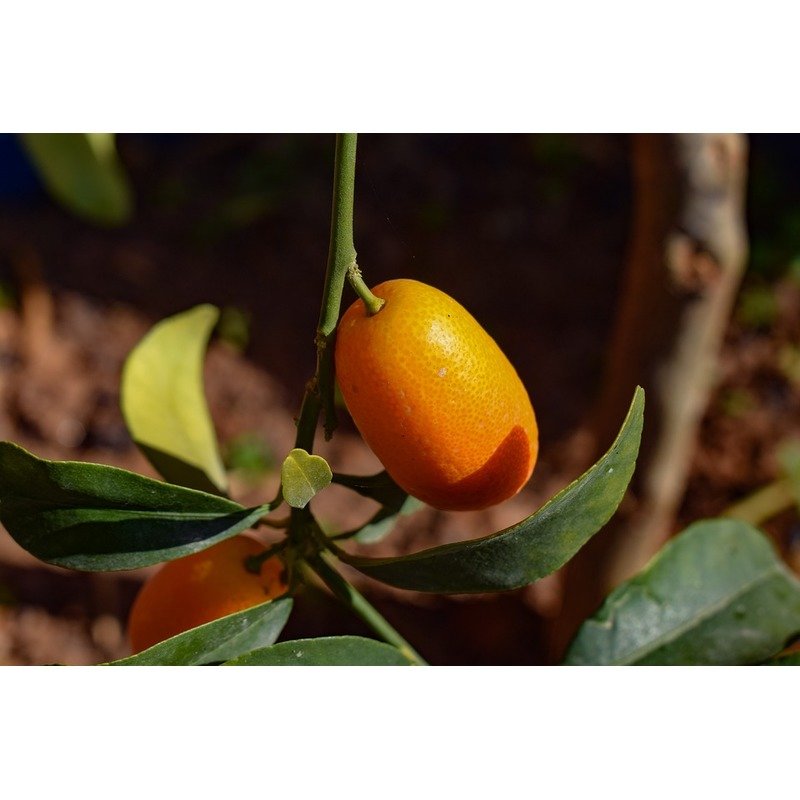
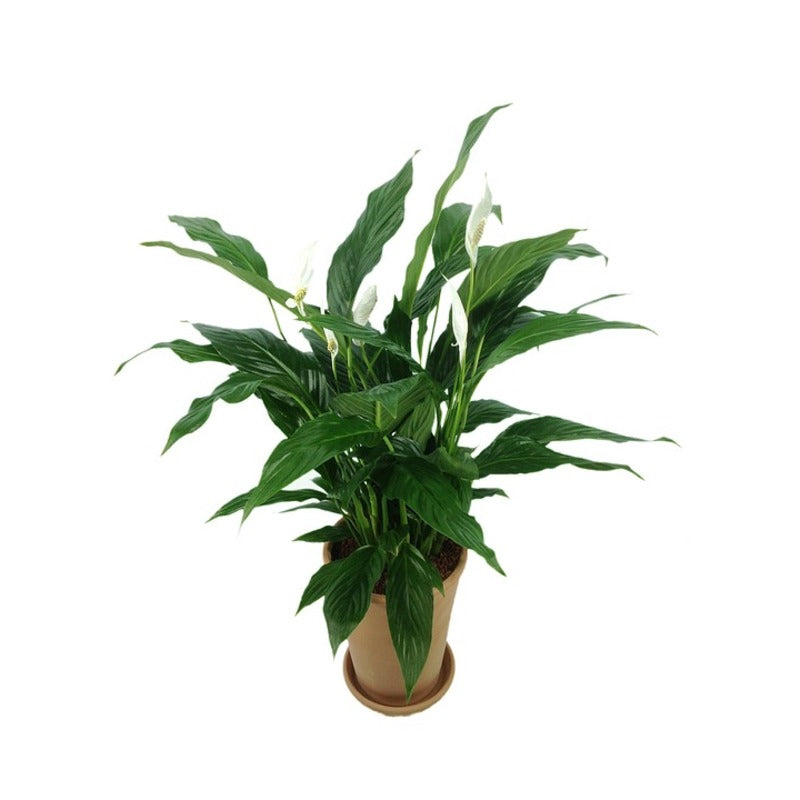
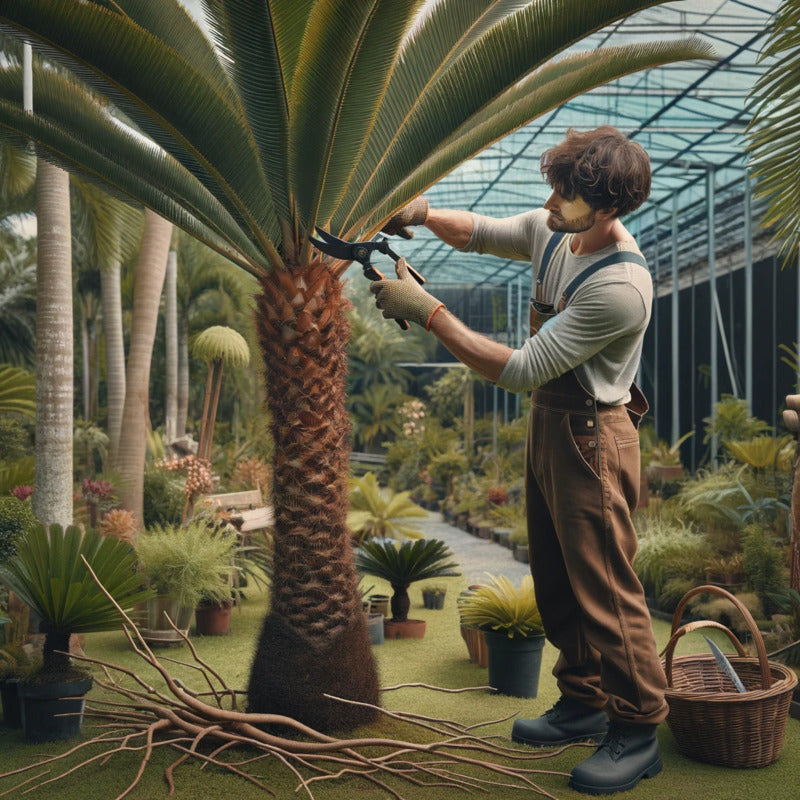
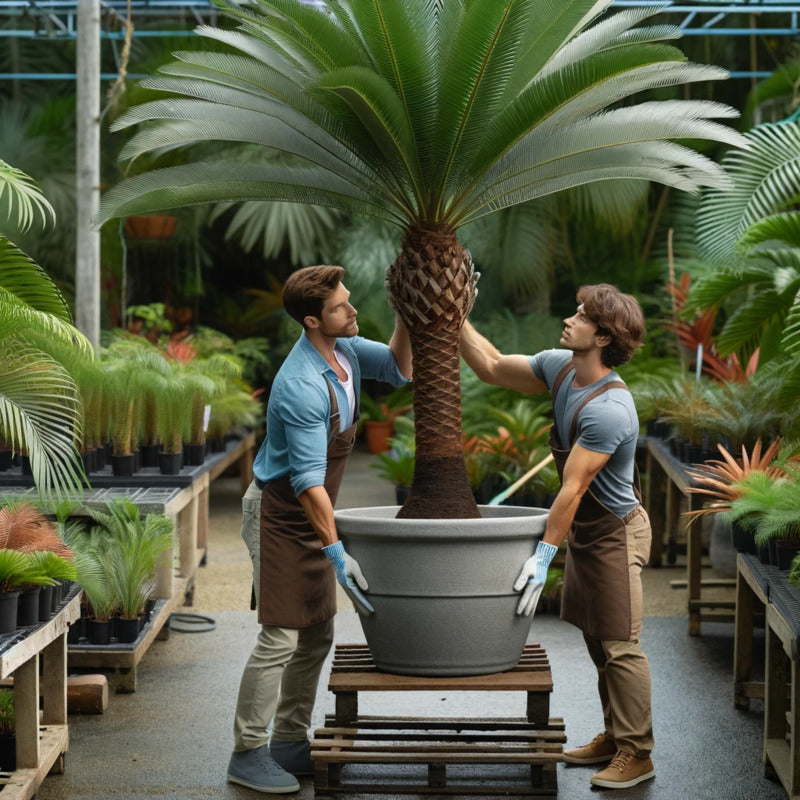

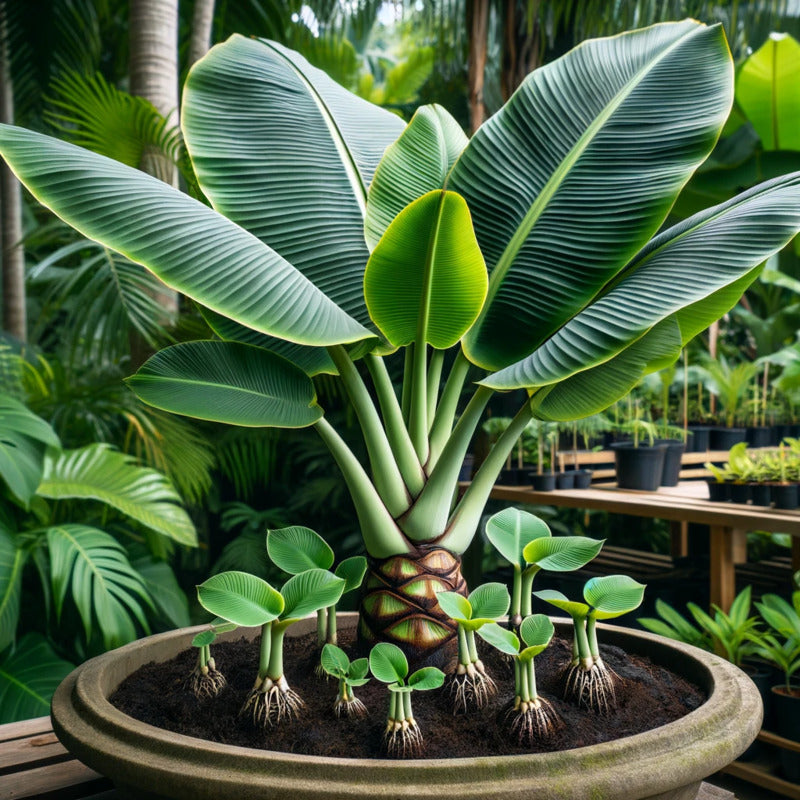

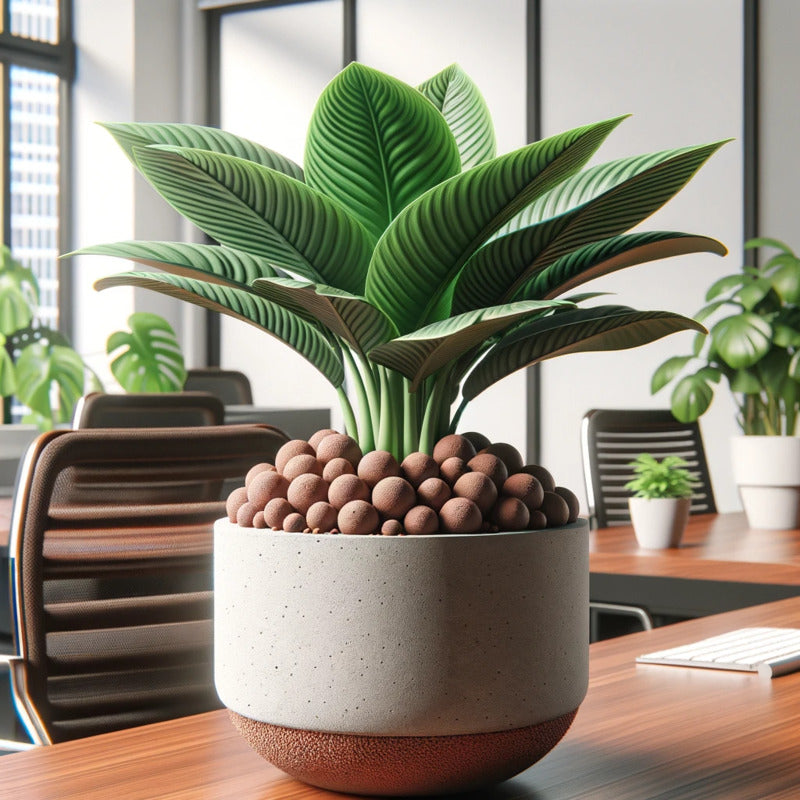

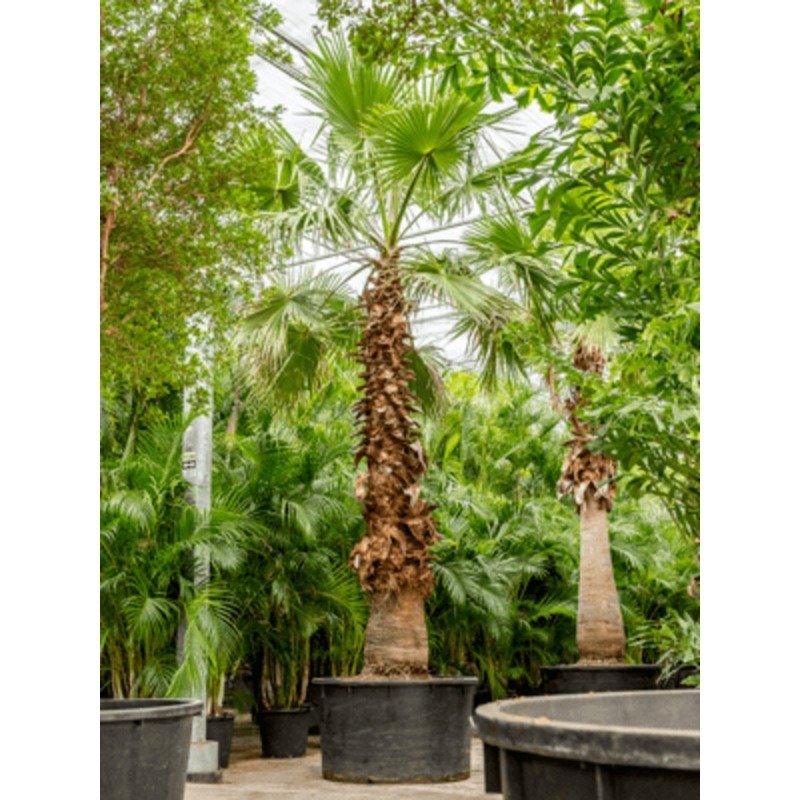
To share:
Trachycarpus Fortunei
Chamaedorea elegans - Mexican Mountain Palm